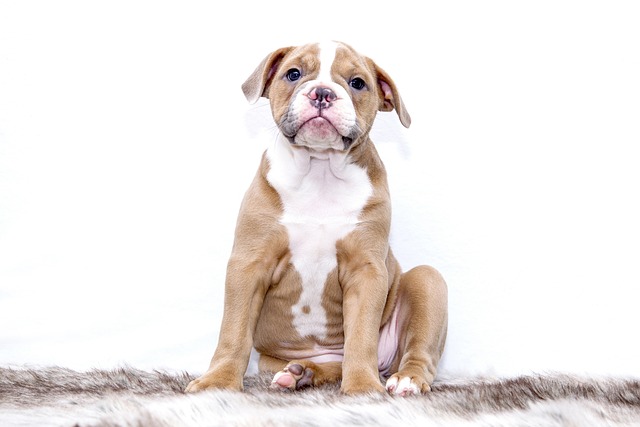
What is glaucoma in a dog?
You might notice your dog squinting more at mealtime or avoiding bright sunlight—these small changes could be early signs of a serious eye condition.
Wondering if separation anxiety is bad for your dog? Consider this: coming home to a chewed pillow, a puddle by the door, and a pup pacing like they’ve been sprinting—these aren’t “bad dog” moments. They’re signs of stress so intense, it’s as if your dog’s body is stuck in fight-or-flight mode. Separation anxiety isn’t just inconvenient for you; it’s genuinely harmful to their physical and emotional health, making it crucial to address with kindness, not scolding.
Science explains why: when dogs feel abandoned, their bodies flood with cortisol, the “stress hormone.” Over time, chronic high cortisol weakens their immune systems, leads to digestive issues like diarrhea, and even damages their emotional trust in you. A study from a vet clinic in Austin found that dogs with untreated separation anxiety were 3 times more likely to develop skin infections from excessive licking—proof this isn’t just “attention-seeking.” The good news? Small, consistent changes can ease their stress significantly, starting with creating a “safe haven” in your home.
Set up a cozy corner with their favorite bed, a blanket that smells like you, and a puzzle toy stuffed with kibble. Add a white noise machine to muffle outside sounds—helpful in NYC or LA apartments where hallway noises might trigger panic. Start with 2-minute alone times, leaving quietly without big goodbyes (dramatic departures ramp up their anxiety). When you return and find them calm (no chewing, relaxed tail), light up: “Good calm, sweetie!” with extra scratches. Never scold them for messes—they won’t connect the punishment to your absence hours earlier, and fear only worsens anxiety. In tight-knit communities like Chicago or Portland, this patience keeps noise down too—no frantic barking that disturbs neighbors.

Gradual desensitization builds their confidence over weeks. Leave for 2 minutes, then 5, then 10, always returning to reward calm behavior. Pair this with short walks before leaving—exercise burns off nervous energy, making alone time easier. And don’t overlook responsibility basics: 49 states require current rabies tags on collars, so keep their ID visible, even during tough days. When you take them out post-anxiety fit, always carry poop bags—cities from Boston to San Diego fine owners $150+ for skipping cleanup, and being a responsible neighbor matters, even when your pup is stressed.
Separation anxiety hurts because it breaks their sense of safety. With gentle routines, positive reinforcement, and respect for both their needs and community rules, you’ll help them learn that “goodbyes” always lead to “hellos”—and that’s the kind of security every dog deserves.

You might notice your dog squinting more at mealtime or avoiding bright sunlight—these small changes could be early signs of a serious eye condition.

Let’s set the scene: It’s a sweltering Phoenix afternoon—105°F outside—and you rushed your 2-year-old Lab mix, Cooper, on a quick walk to “get it over with.”

Let’s get real: You’re in your Miami apartment, watching your 3-year-old Corgi, Loki, struggle to climb the stairs to your second-floor unit.

Many dog owners brush off occasional scratching as just “dog behavior,” but persistent itching often signals something more—like a food allergy.

You might first notice your dog scratching more than usual—chewing at their paws until the fur looks thin, or rubbing their face against the couch nonstop.

Let’s be real: You’re standing in your Chicago apartment, watching your 3-year-old Beagle, Max, huff and puff just to climb onto the couch.